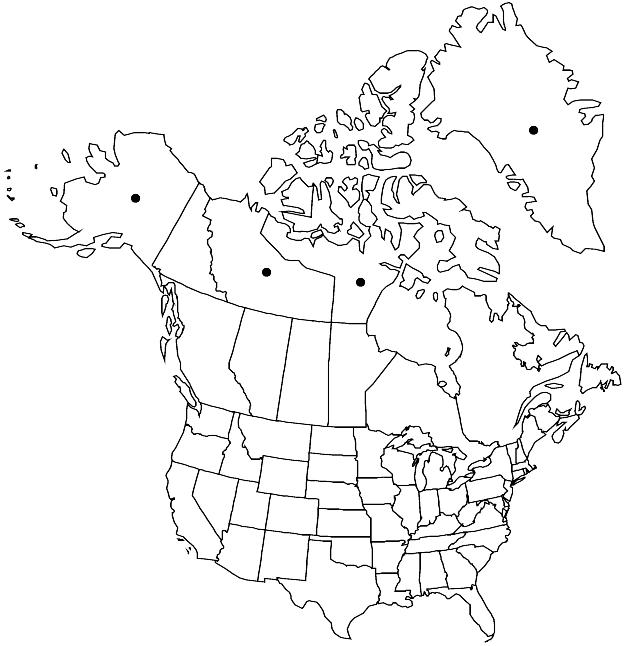Ptychostomum rutilans
Phytologia 87: 22. 2005.
Plants in dense swelling turfs, red to redbrown. Stems 2–4 (–6) cm, fertile stems comose, innovations evenly foliate. Leaves red, dark redbrown with age, crowded, contorted to shrunken when dry, ovate to broadly ovatelanceolate, concave, 1–3.5 (–4) mm, often gradually enlarged toward stem apex; base uniformly red, not or weakly decurrent; margins revolute proximally, plane distally, limbidium strong, in 2 or 3 rows; apex acute; costa percurrent to short-excurrent, awn stout; proximal laminal cells rectangular, 3–4: 1; medial and distal cells 12–18 µm wide, 2–3: 1, walls incrassate, porose. Specialized asexual reproduction uncommon, by leaf-axil gemmae, brown-red, papillose. Sexual condition dioicous. Seta redbrown, 1–3 (–4) cm, stout, straight to somewhat flexuose. Capsule brown, elongate-pyriform, somewhat curved, 3–5 mm, mouth yellowbrown; operculum conic, apiculate; peristome reduced; exostome teeth yellow basally, hyaline distally, lamellae straight, pores absent near base along mid line; endostome not adherent to exostome, basal membrane less than 1/2 exostome height, segments with ovate perforations, cilia reduced or absent. Spores 16–22 (–24) µm, yellow to green.
Phenology: Capsules mature Jul–Aug.
Habitat: Wet soil, tundra, along streams, wetlands
Elevation: low to high elevations (0-2000 m)
Distribution

Greenland, N.W.T., Nunavut, Alaska, n Eurasia
Discussion
Ptychostomum rutilans is a distinctive arctic species with dark red shoots, usually forming dense turfs on wet soil. The species is similar to P. pallens, but differs in its incrassate porose laminal cells and reduced peristome. Small specimens are similar to Rosulabryum subelegans, which generally has green-red spirally twisted leaves and mostly grows on rock in alpine regions of northwestern Europe. D. T. Holyoak (2004) considered them the same species because the type of R. subelegans also has 2-stratose borders. They are here kept separate until more detailed studies are completed.
Selected References
None.
Lower Taxa
"narrower" is not a number."narrow" is not a number.